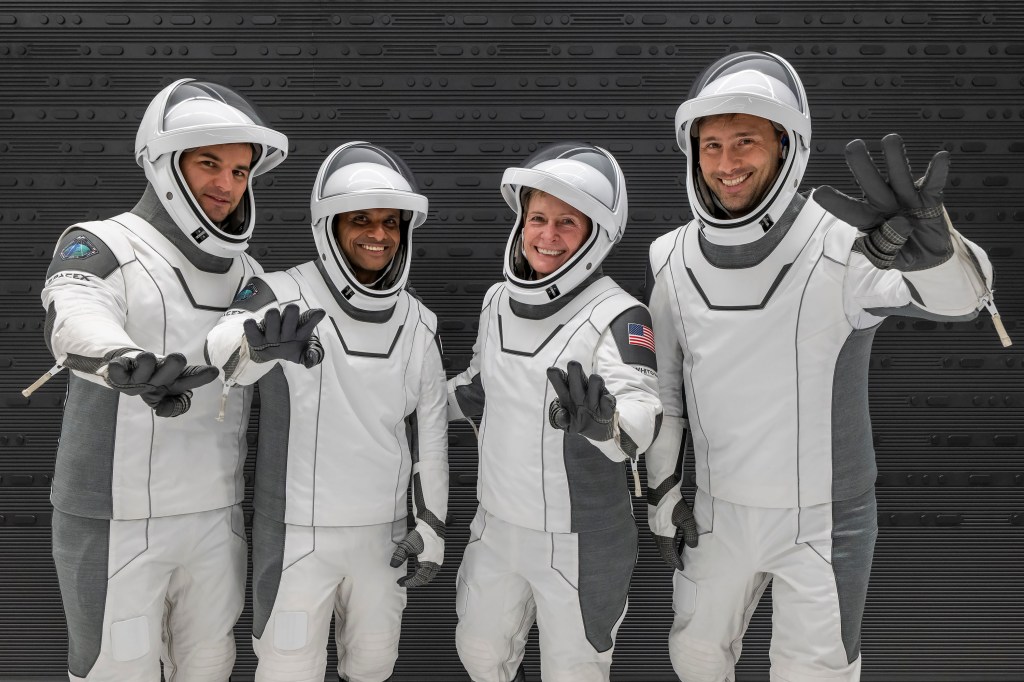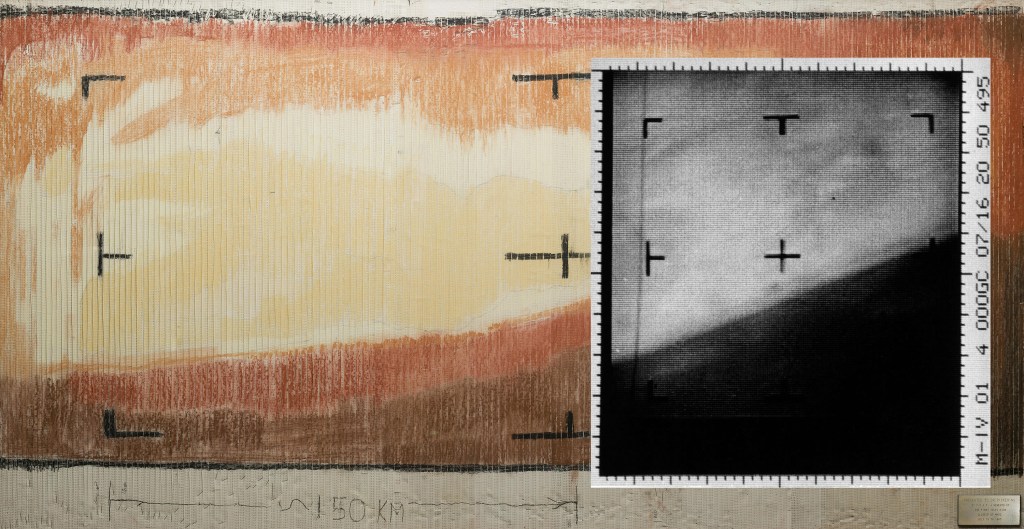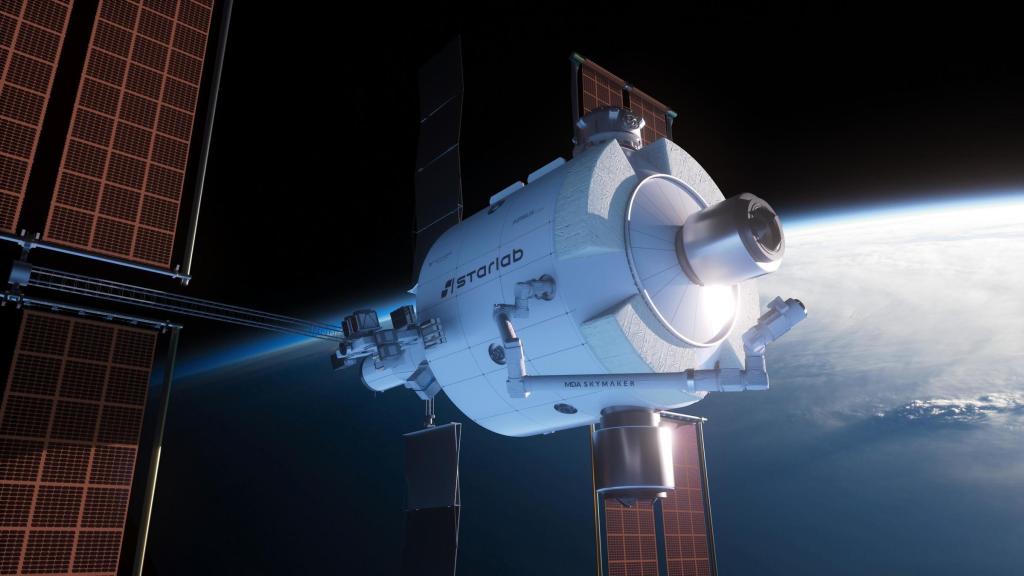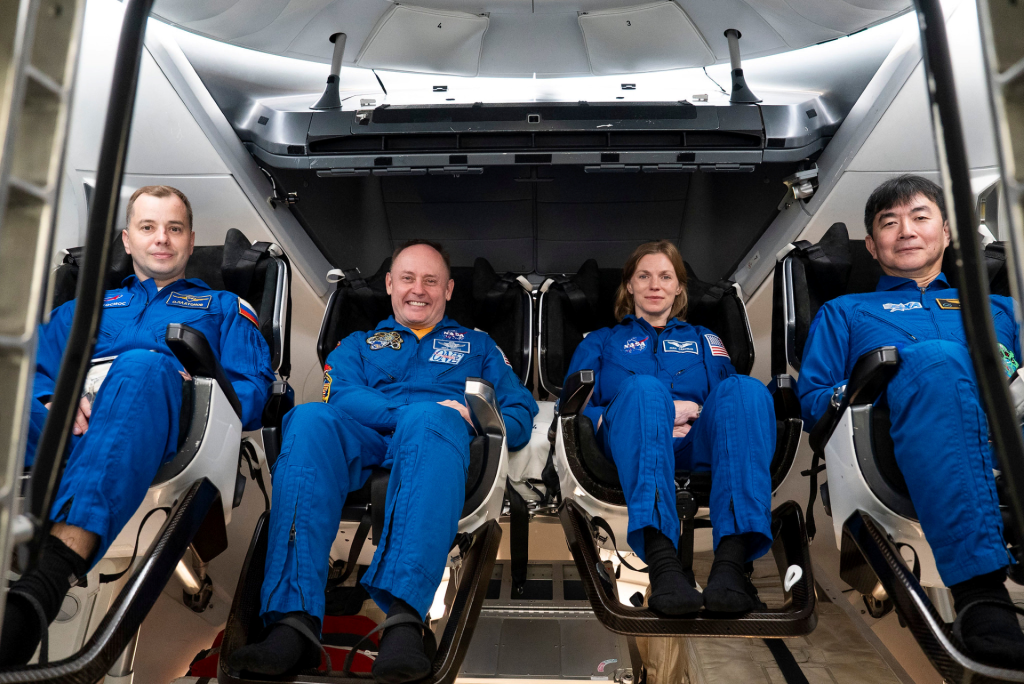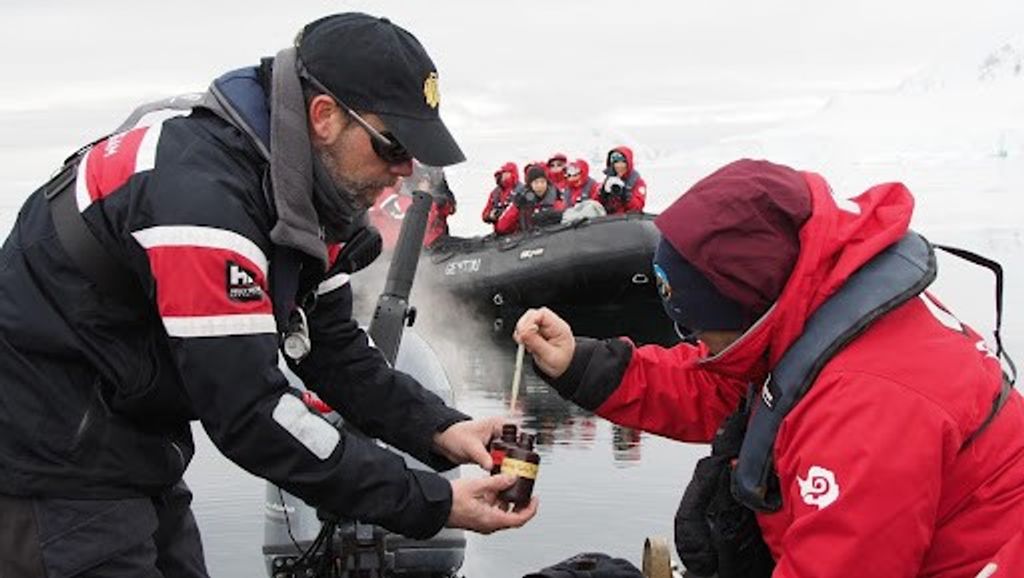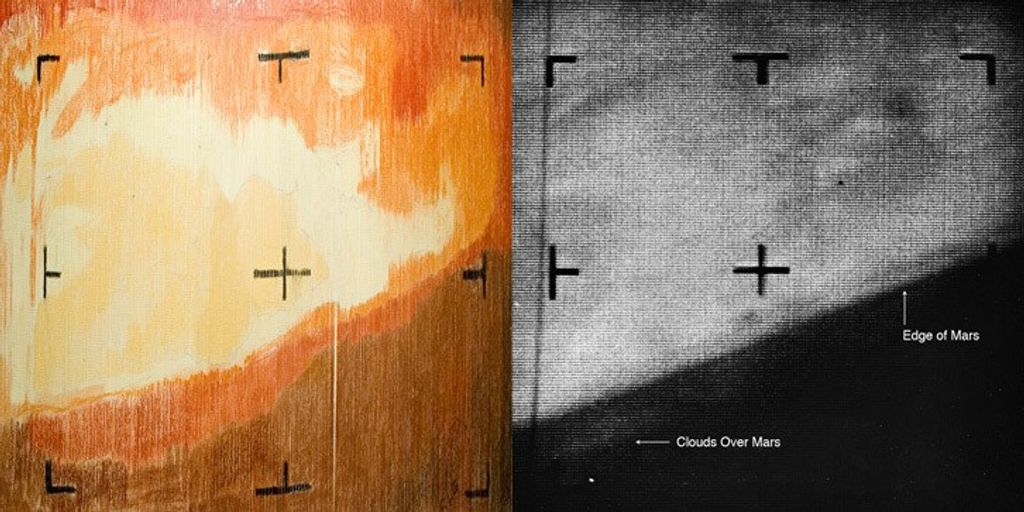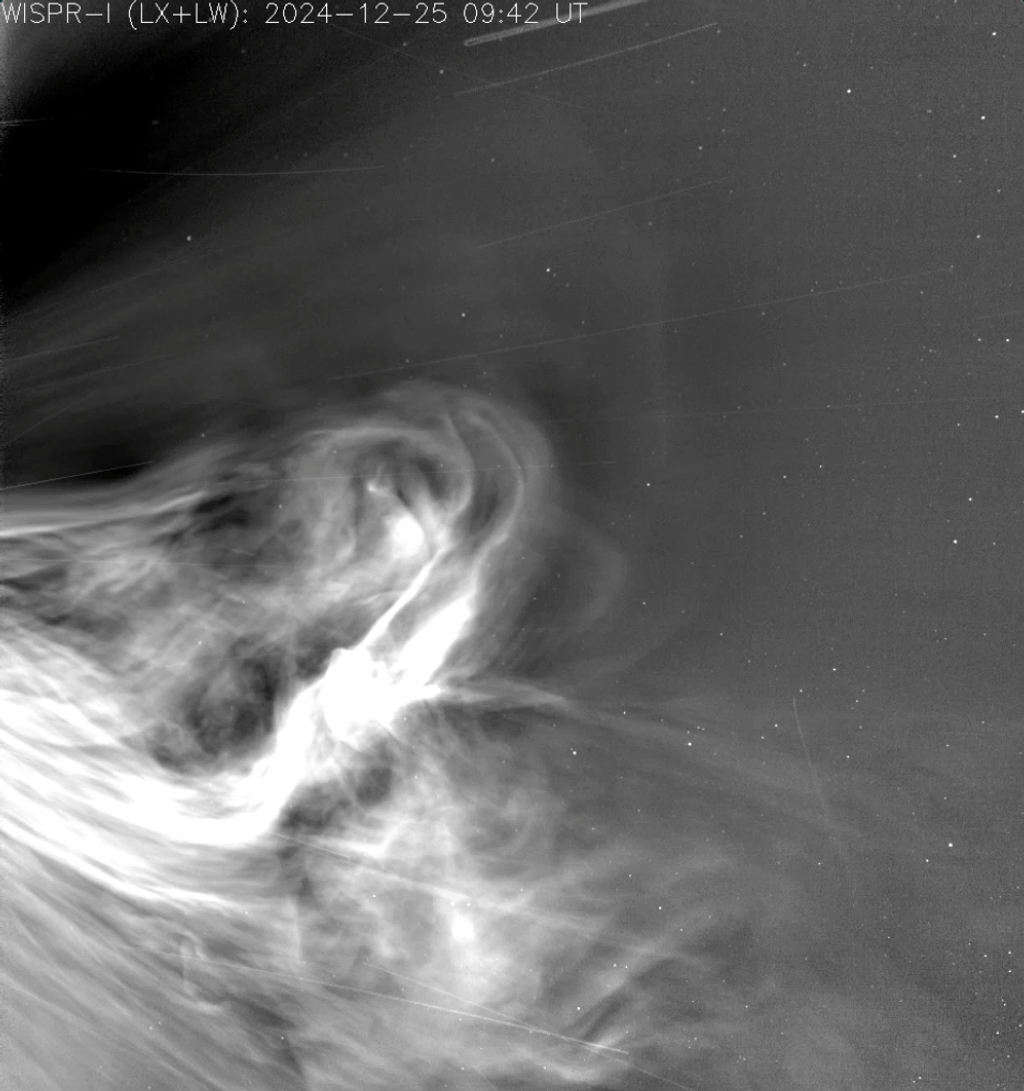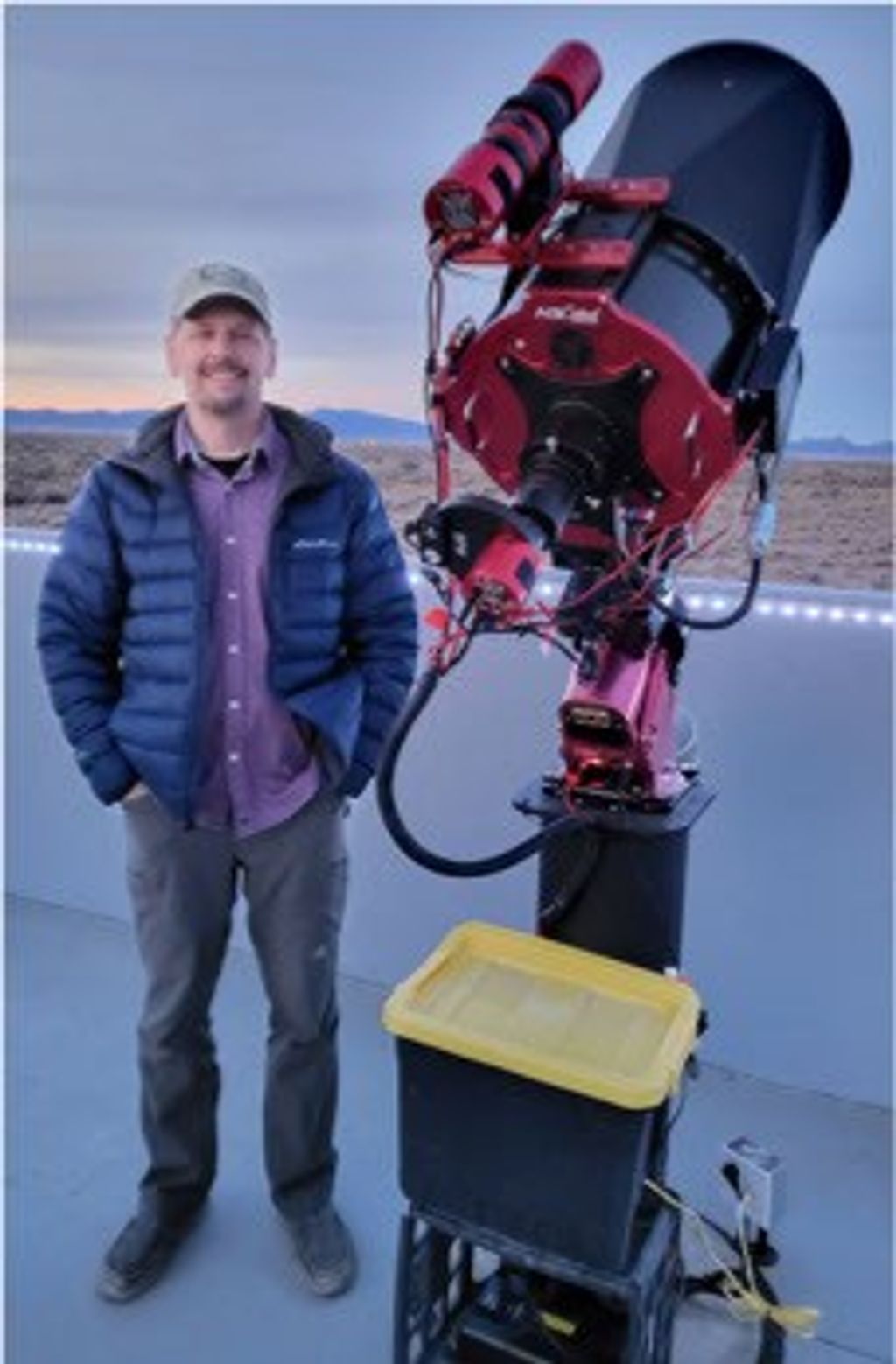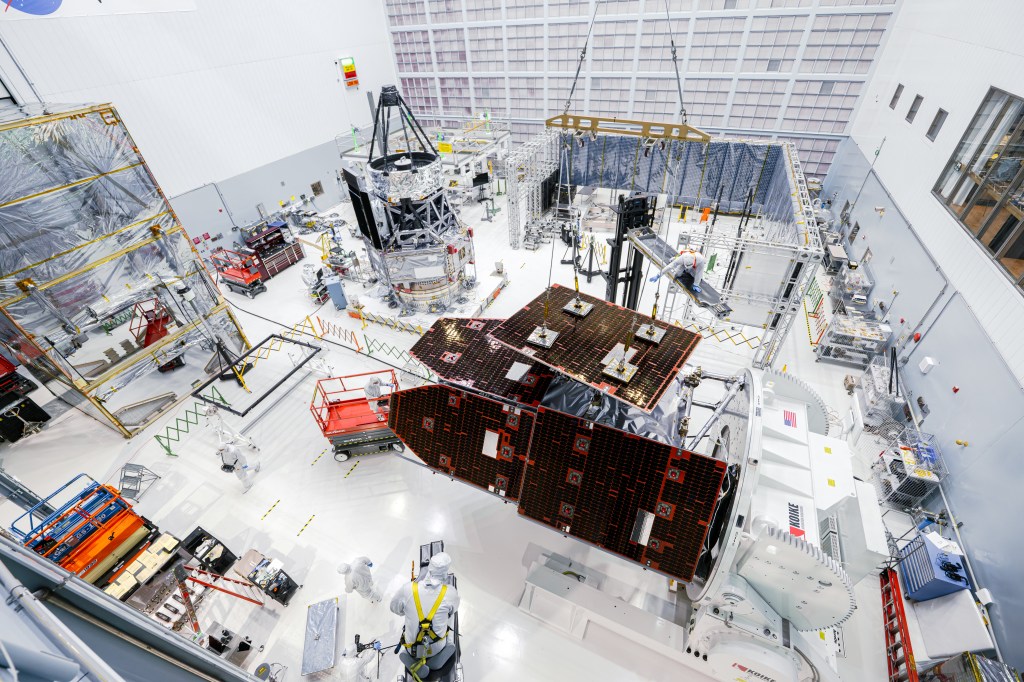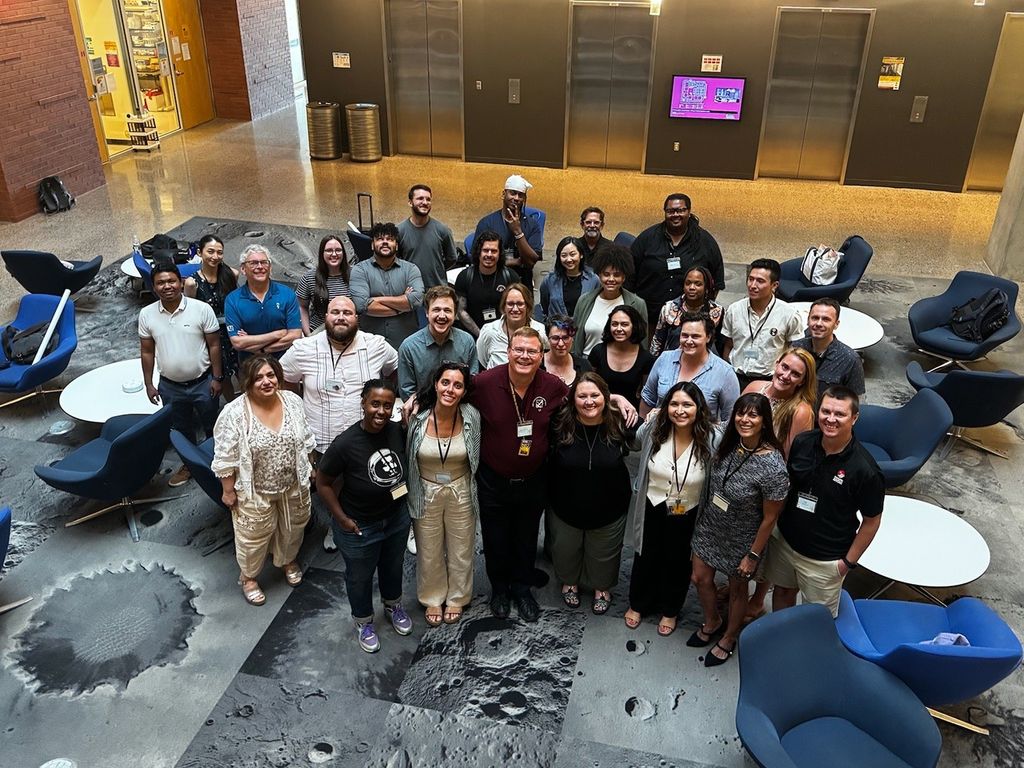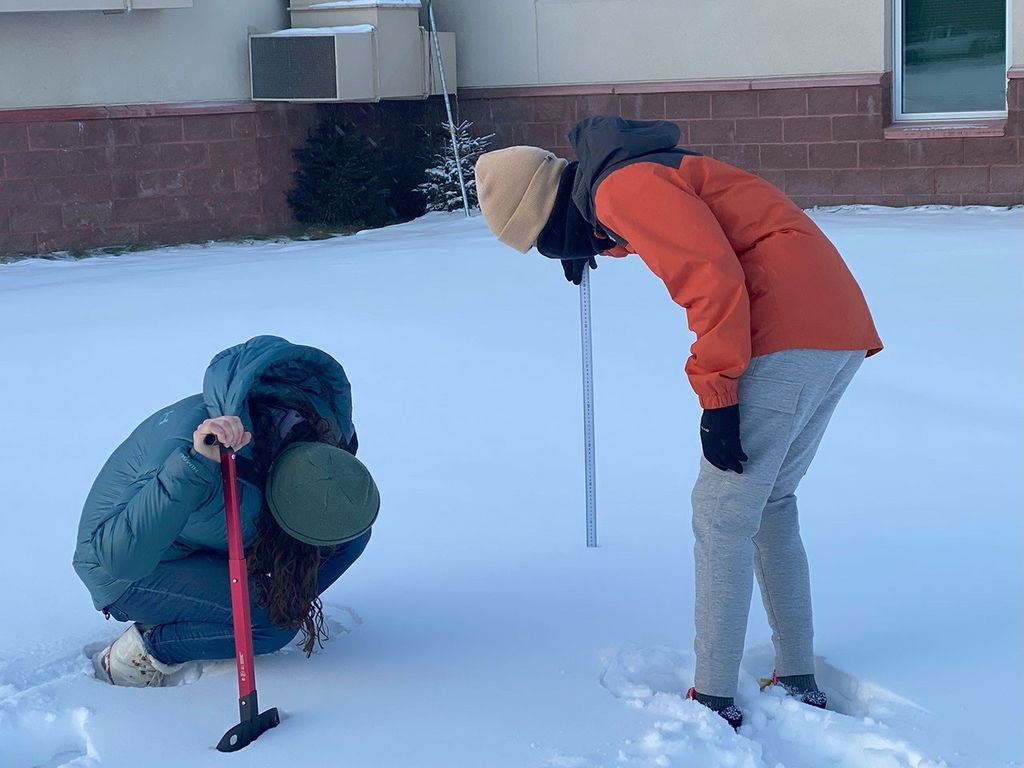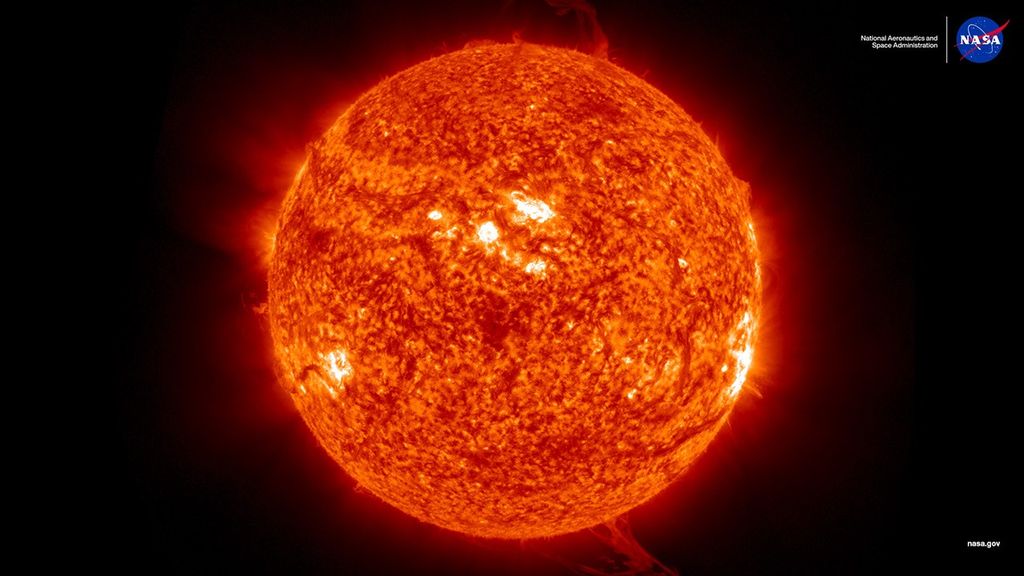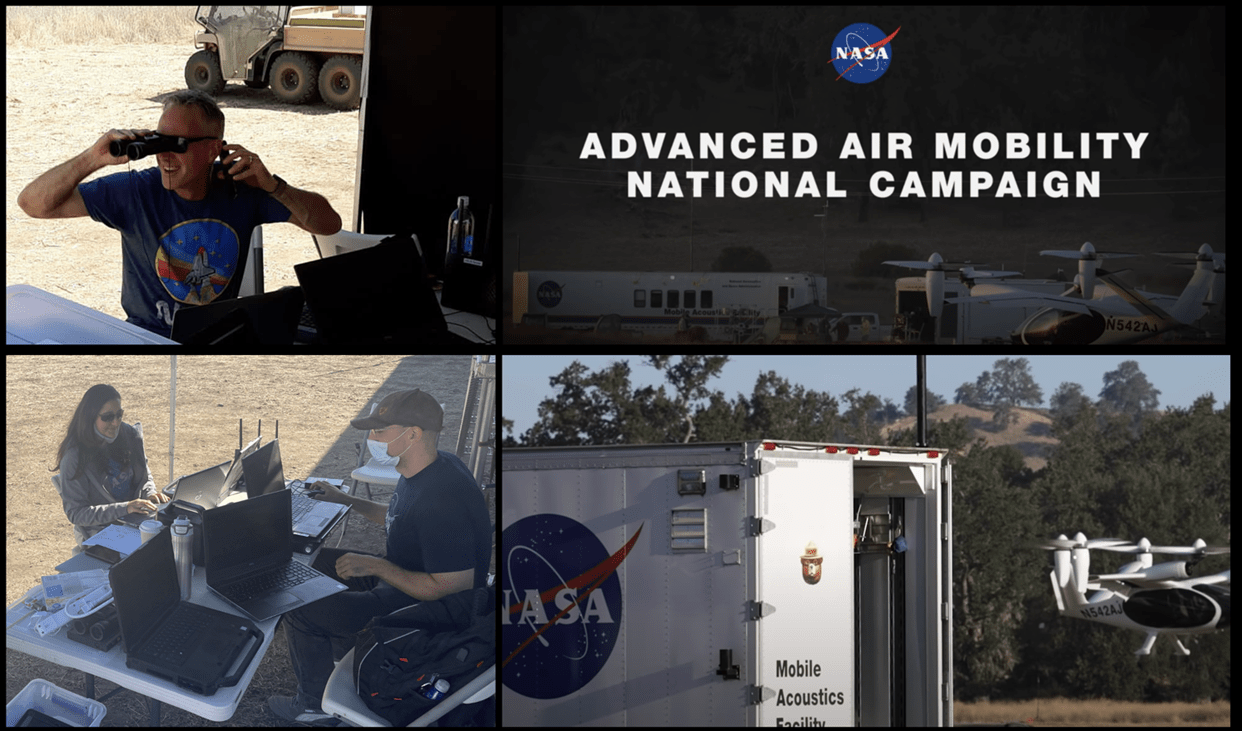NASA conducted a flight test with Joby Aviation’s all-electric vertical takeoff and landing (eVTOL) aircraft In September 2021 as part of the agency’s Advanced Air Mobility (AAM) National Campaign. The purpose of the National Campaign is to promote public confidence and accelerate the realization of emerging aviation markets for passenger and cargo transportation in urban, suburban, rural, and regional environments.
As part of this testing, several key technologies to enable scalable operations in the future were included as part of the system deployed to support flight testing activities. This was the first time NASA tested an eVTOL aircraft as part of the campaign. In the future, eVTOL aircraft could serve as air taxis for those in cities and surrounding areas around the country, adding another mode of transportation for moving people and goods.
Several key capabilities were included during the fight demonstration, one of which is the system developed by the National Campaign Airspace Operations Management. This system is a prototype digital framework that will connect vehicle providers, future third party airspace providers, and key infrastructure service providers in an integrated network. As part of this prototype system, the National Campaign team worked collaboratively with NASA’s airspace research arm, Air Traffic Management eXploration (ATM-X) Urban Air Mobility subproject, to integrate and test a prototype third party airspace provider concept. By testing this prototype in shadow mode, without pilot interaction, key information about system performance and future requirements was learned. Both the National Campaign and ATM-X UAM are working on taking lessons learned from flight activities to inform industry stakeholders about airspace system requirements and guidance toward a future Urban Air Mobility airspace system. This test will also help identify gaps in current Federal Aviation Administration regulations and policies to help incorporate AAM aircraft into the National Airspace System. This multi-event campaign to advance airspace mobility in the U.S. will take place at multiple locations over several years.
During this round of testing, NASA deployed a “go kit” which is a portable hardware and software solution to ingest telemetry data from the vehicle as it flies. This data is distributed through a secure cloud network to inform the flight test coordinators, provide real time metrics, and acts as a prototype interface to evaluate the NASA built version of a future third party airspace system. The data and lessons learned informed requirements for the next round of airspace simulation activities with industry, known as NC-1 Simulations focusing on strategic conflict management between third party airspace providers, which will be led by the ATM-X UAM team. The data analysis also readies the AAM National Campaign to execute the first set of campaign tests, NC-1, slated for 2022, with more complex flight scenarios and other industry vehicles.
AAM is an aviation system that encompasses developing and deploying aviation in innovative ways not typically seen today. When fully integrated into the national airspace, AAM will provide an efficient and affordable system for passenger and cargo transportation, and other applications in the public interest. This system could include aircraft like package delivery drones, air taxis and medical transport vehicles.
The AAM and ATM-X projects are part of the agency’s Aeronautics Research Mission Directorate.
For more about NASA’s AAM National Campaign, visit:
https://www.nasa.gov/aamnationalcampaign
For more about Advanced Air Mobility, visit:
For more about Air Traffic Management eXploration, visit:


